Chile is home to a huge range of landforms with formidable mountains, extreme desserts and ice-capped volcanos. But the southern stretch of fjords, channels and islets, like a mass of puzzle pieces pulled apart, is an unforgettable highlight of any trip to the South American continent.
Offering beaches crammed with marine wildlife, access to stunning glaciers, and the “End of the Earth”, the Chilean fjords are brimming with unforgettable sights. Read on to find out why they rank as one of the globe’s most priceless travel destinations.Located at the southernmost tip of the country, the Chilean fjords are the least visited of all of Chile’s landforms. The most remote parts of the fjords, particularly the southernmost tip, are only accessible by boat. Cruise ships only operate during the austral summer as the fjords can be treacherous to navigate in the winter. This seclusion has helped preserve the landscape and allowed the land and marine wildlife to flourish. Offering beaches crammed with marine wildlife, access to stunning glaciers, and the “End of the Earth”, the Chilean fjords are brimming with unforgettable sights. Read on to find out why they rank as one of the globe’s most priceless travel destinations.
And unlike other cruises experiences, sailing through magical fjords with only the sounds of the rippling waves in the wake of the ship to break the silence is a serene, dream-like voyage. Find out more about visiting the fjords with an Australis cruise.
Discover Patagonia’s unrivalled sea life
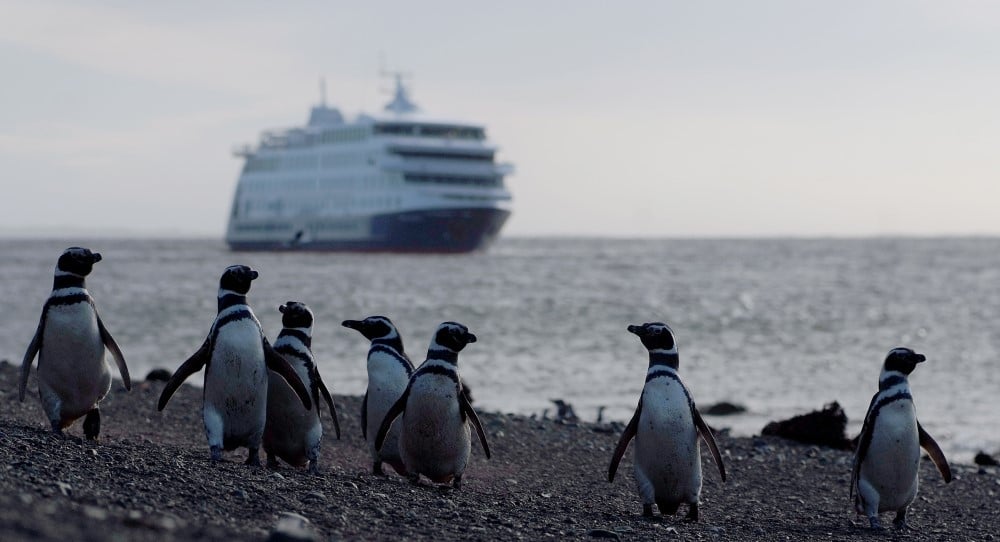
The Chilean Fjords’ isolation means the wildlife has not suffered and seen its numbers depleted as much as other more accessible destinations. The beaches in the Chilean fjords are crammed with marine wildlife. They are home to hundreds of thousands of native Magellanic penguins, and it’s a thrilling sight to see pairs of these squawking animals huddled along the shore or slipping into the sea en mass to fish.
Penguins are just the start. Many visitors are left dumbstruck after a lucky glimpse of orcas as this sliver of ocean becomes their playground in December. Dolphins are plentiful and often accompany visitors on their Australis Zodiac tours of the sites. The fjords are a wonderful destination for whale watching as well, with migrating blue whales, grey whales and humpbacks a common sight. And the hidden beaches overflow with lounging elephant seals for much of the year.
Explore Chilean national parks
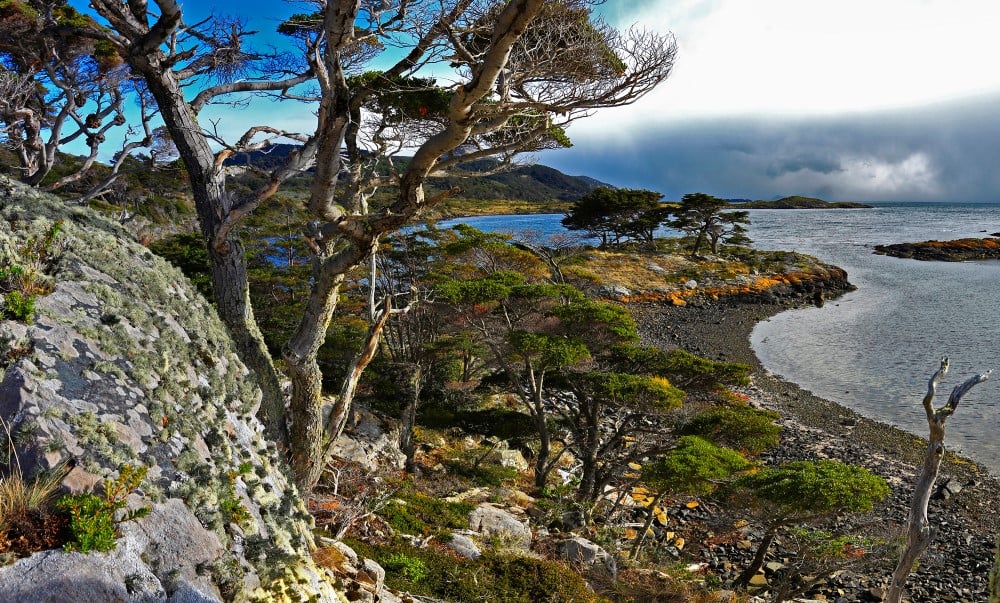
While the wildlife will leave you speechless, the combination of unspoiled national parks and looming volcanoes is what makes the fjords and channels of Chile so captivating. A hike through the lush Magellanic forests and national parks that border the Chilean fjords is ideal for appreciating this stretch of untouched nature.While the wildlife will leave you speechless, the combination of unspoiled national parks and looming ice-capped volcanoes is what makes the fjords and channels of Chile so captivating. Hike through the lush Magellanic forests and national parks bordering the Chilean fjords to appreciate this stretch of unadultered nature.While the wildlife will leave you speechless, the combination of unspoiled national parks and looming volcanoes is what makes the fjords and channels of Chile so captivating. A hike through the lush Magellanic forests and national parks that border the Chilean fjords is ideal for appreciating this stretch of untouched nature.
It is an incredible perspective of the spectacular coastline from the deck of a boat watching as day breaks over one of the most enchanting landscapes you will ever see.
Marvel at the Chilean fjord glaciers

An urgent reason to take a once-in-a-lifetime trip to the Chilean fjords, is the access they give to the many and different types of rapidly retreating glaciers. Nowhere is more stunning than the incredible Glacier Alley: a navigable channel bordered by a series of giant, ice-blue glaciers that appear frozen in time pouring from the Darwin Mountains into the sea.
Visit by boat and experience the moment a new iceberg breaks off the edge of a glacier and crashes into the waters beneath, which happens as the glaciers melt and retreat quicker than ever.
Deeper into the fjords of the Aysén Region of Chile, the San Rafael Glacier receives far fewer visitors than other more famous glaciers in Patagonia. But this giant formation is one of the largest glaciers in the Northern Patagonian Ice Field, 230 ft. (70m) in height and covering 2.5 miles (4km) though it is a rapidly disappearing relic of Patagonia’s ice age.
The result of global heating and climate change on glaciers, scientists believe that in the past 136 years, the San Rafael Glacier has shrunk by 7.5-miles (12km) in total. If it continues at this rate, its is estimated to disappear by 2030.
Follow Darwin’s historic footsteps to the End of the World

The very tip of the Chilean fjords is of geographic and historic importance. Darwin and the crew of the the HMS Beagle first encountered Wulaia Bay and the indigenous Yámana in 1833. This tribe of nomadic hunter-gatherers that has now all but disappeared. What most fascinated the European explorers about the Yámana was their ability to adapt to the extreme temperatures of Tierra del Fuego. The old radio station at Wulaia Bay has been transformed into a museum with exhibits about the world’s southernmost people and the European missionaries who came to the region.
The windswept promontory of Cape Horn, the meeting point of three oceans, has come to be known as the End of the World. In 1832, Charles Darwin visited Cape Horn on the second voyage of the HMS Beagle. The crew narrowly escaped shipwrecked near Cape Horn due to its treacherous waters and gale force winds.
While reaching this remote archipelago is far less treacherous than it once was, but one of the most southern stretches of land in the world, it is a joy to visit for its raw landscape, and excellent bird watching!
A trip to the Chilean fjords combining comfort and adventure
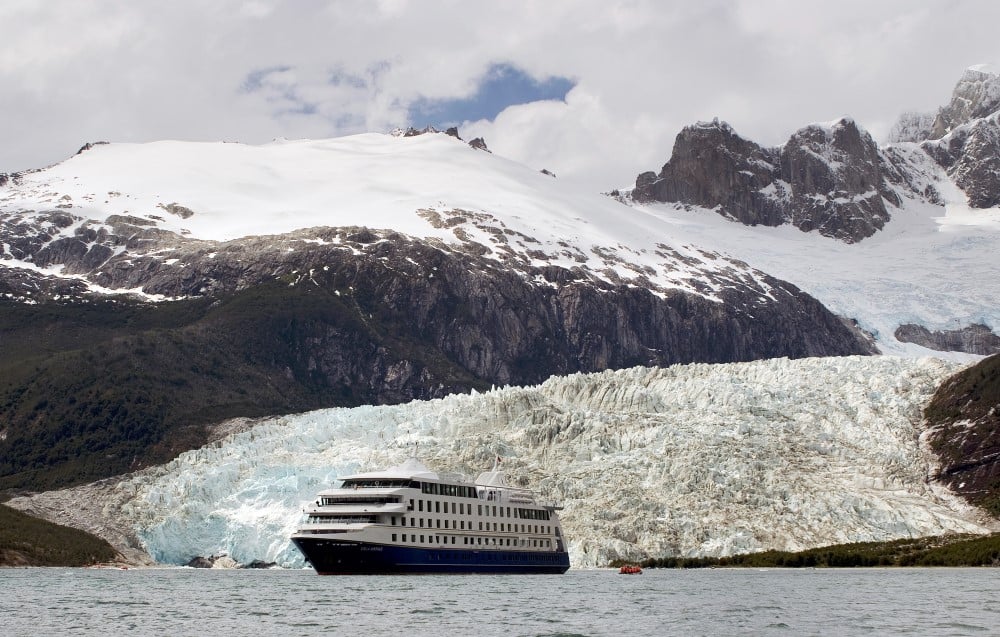
The best way to explore this stunning region is with safety and comfort aboard an Australis cruise; Australis is the only company with permission to land at Cape Horn and Wulaia Bay.
Cruises stop at the 4,000 strong Magellanic penguin colony near Tucker Islets, sail past Glacier Alley’s European-named glaciers, and take you ashore to explore the Cape Horn National Park.
Australis cruises feature shore excursions which allow you to experience the landscape up-close, including tours via Zodiac boat, ocean rafting vessels specially designed to reach rocky beaches, secluded islands, and isolated penguin colonies.
A four-night trip on the Stella Australis departing from Punta Arenas covers the highlights of the Chilean fjords.
3 comments
30 August, 2016 2:06 pm
[…] by rounding the dangerous seas of Cape Horn at the very southern point of Chile, or exploring the calmer waters of the Chilean fjords and channels which are replete with opportunities for viewing […]
29 September, 2016 9:19 am
[…] of the last truly untouched parts of the world, comparable only with places such as Antarctica, the pristine fjords of Chilean Patagonia and the Atacama Desert. In Alaska, you’ll find yourself learning what it must have felt like as […]
5 December, 2016 8:11 am
[…] Punta Arenas, expedition cruise ships pass through the remote, mysterious wonderland of the Chilean fjords, past tidewater glaciers dripping into the Beagle Channel before following a similar route as […]

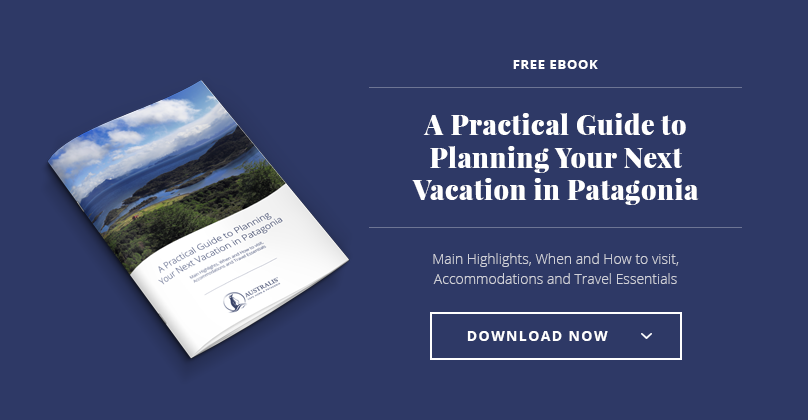


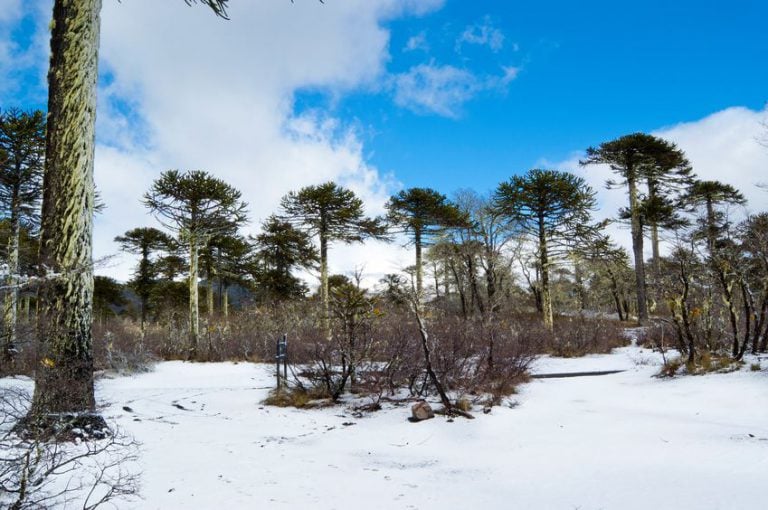
Leave a comment